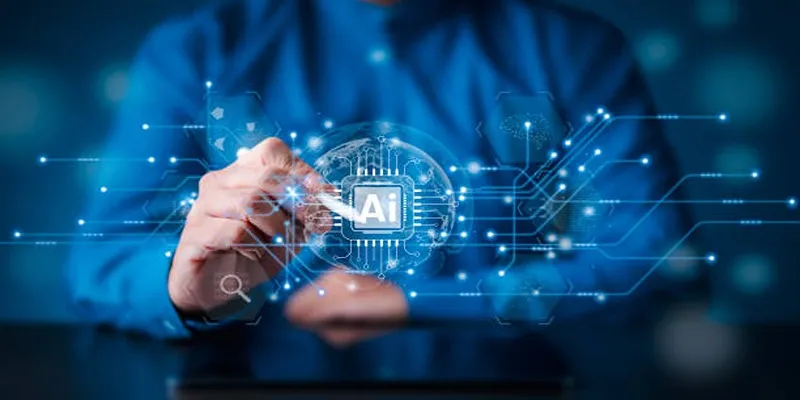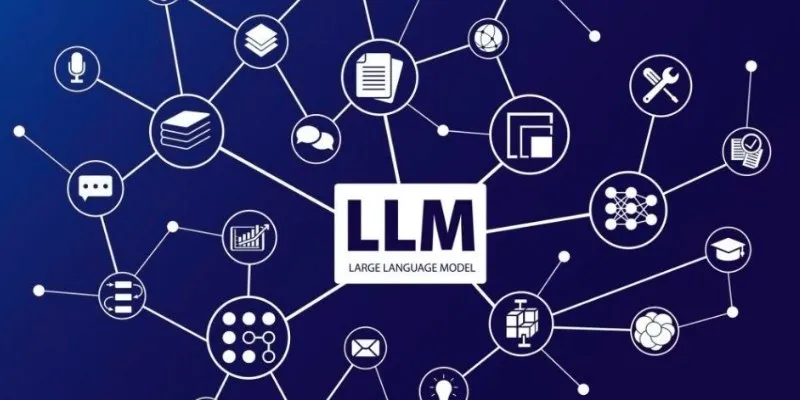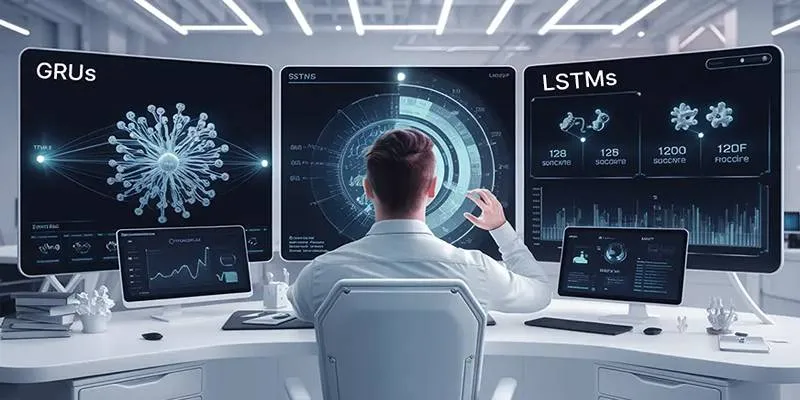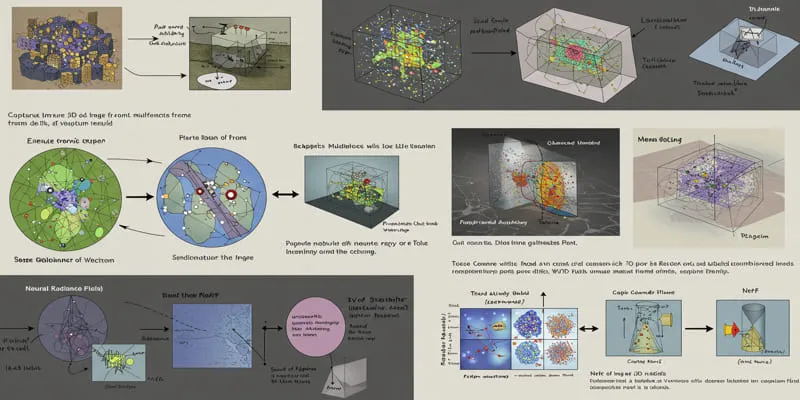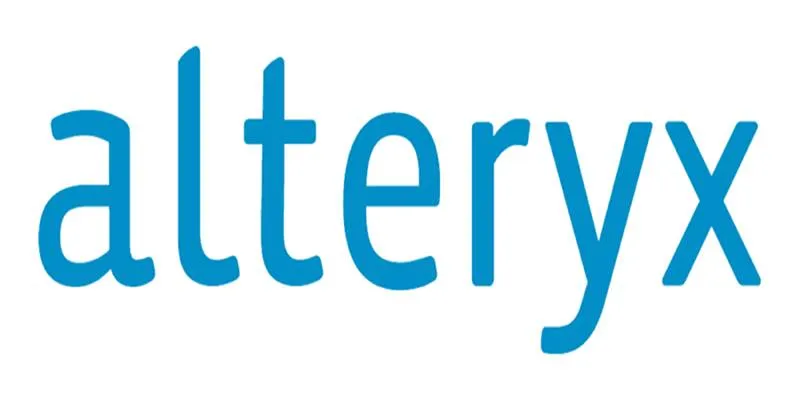Wayfair is revolutionizing the online shopping experience by integrating cutting-edge technologies like Natural Language Processing (NLP) and image processing. These innovations enhance search results, product recommendations, and overall customer experiences. By understanding user preferences and analyzing images, Wayfair simplifies the shopping journey, allowing customers to find what they need quickly and efficiently, thereby offering a seamless and personalized experience.
The Intersection of Home Décor and Technology
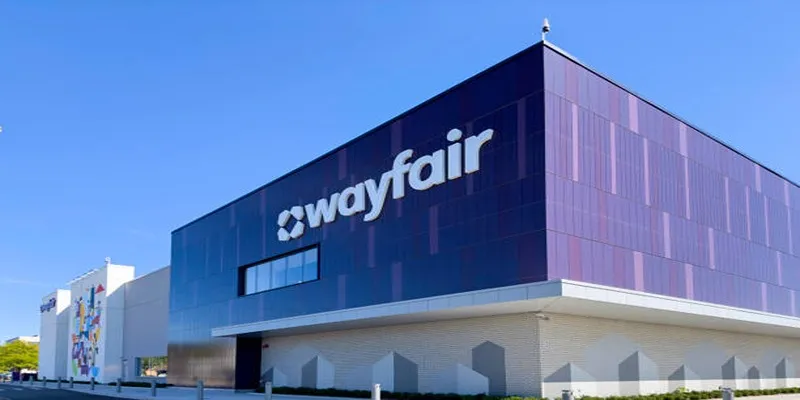
Shopping for furniture and décor online is an inherently visual and descriptive activity. Customers must visualize how a piece of furniture will fit into their space, consider its dimensions, and ensure it matches their style preferences. Unlike buying fashion or electronics, purchasing a couch or a dining table involves many nuances.
To bridge the gap between customer imagination and Wayfair’s catalog, the company has embraced technologies like NLP and image processing. This dynamic combination ensures that customers can discover products effortlessly and confidently.
How Wayfair Uses NLP to Understand Customer Needs
Natural Language Processing (NLP), a crucial branch of artificial intelligence (AI), enables machines to understand, interpret, and respond to human language. At Wayfair, NLP significantly enhances search functionality and refines recommendation systems, delivering a smoother and more intuitive user experience.
1. Enhancing Search Functionality
When customers visit Wayfair, they often don’t know the exact search terms to use. For example, someone might type, “comfortable gray couch with chaise” or “modern dining table for 4 people.” NLP allows Wayfair’s search engine to grasp user intent beyond keywords. By analyzing sentence structure and context, the search engine retrieves relevant results even when queries are conversational or imprecise.
Key Features:
- Synonym Recognition : Interpreting “sofa” and “couch” as interchangeable.
- Context Understanding : Differentiating between “small desk chair” and “desk for a small chair.”
- Spellcheck and Autocorrect : Correcting slight misspellings like “dinning table” to direct users to the correct product listings.
2. Powering Product Recommendations
Wayfair leverages NLP to curate personalized recommendations for customers. By analyzing how customers describe their preferences in reviews, search queries, and feedback, NLP algorithms identify patterns and suggest products that align with their style, size requirements, and price range. This personalized approach helps customers find exactly what they need, even if they’re unsure how to articulate it.
3. Assisting with Voice Search
With the rise of smart assistants like Amazon Alexa and Google Home, Wayfair has integrated NLP to handle voice search. Customers can now say, “Show me a farmhouse nightstand under $200,” and Wayfair’s system delivers accurate results. This feature caters to a hands-free shopping experience, enhancing accessibility.
Image Processing Technology and Visual Search
For Wayfair, image processing technology perfectly complements NLP. Shopping for furniture revolves around visual appeal, making enhancements in product image interaction a key priority.
1. Introducing Visual Search
Wayfair’s visual search tool enables customers to upload an image of a piece of furniture they love and find similar items in Wayfair’s catalog. Whether it’s a photo saved from Instagram or a snapshot from a friend’s living room, the technology uses advanced image recognition algorithms to analyze attributes such as color, texture, shape, and style.
The Process:
- Image Upload : Customers upload a picture of the desired item.
- Feature Extraction : The algorithm detects specific visual traits like patterns, materials, and dimensions.
- Matching Results : Wayfair’s database is searched for products matching the uploaded image, providing users with similar or identical options.
This tool is particularly valuable for customers who find inspiration from design magazines, social media, or photography but might struggle to describe their ideal piece in words. It closes the gap between inspiration and purchase.
2. AR Tools for Visualizing Products
Another exciting way Wayfair uses image processing is through Augmented Reality (AR). The Wayfair View in Room feature enables customers to visualize products in their own space using their smartphone cameras. By superimposing 3D models of furniture onto live images of a room, customers can see how a product’s size, color, and style fit into their home before buying.
The benefits of this technology include:
- Reducing product returns due to incorrect sizing or poor fit.
- Building customer confidence in purchasing larger, high-value items.
- Encouraging experimentation with different design ideas.
How NLP and Image Processing Create Synergy
It’s not just about using NLP or image processing independently; Wayfair has successfully combined the two to create a seamless shopping experience. For example:
- A customer might type “cozy Scandinavian living room chair” in the search bar. NLP interprets their query, while image processing suggests products visually aligned with the Scandinavian design aesthetic.
- Customers who use visual search may receive tailored product descriptions generated by NLP, offering a deeper understanding of the item’s features.
This synergy results in a more engaging and effortless shopping process, making it easier for customers to find products that fit their unique preferences.
Benefits and Outcomes

Wayfair’s technology investments have resulted in several benefits for both the company and its customers. Let’s discuss some of the most significant outcomes:
Improved Customer Experience
Wayfair’s focus on customer-centric design has led to a substantial improvement in the overall shopping experience. Their website is now more user-friendly and offers a seamless browsing, search, and checkout process. The use of AI-powered chatbots also allows for quicker and more efficient customer service.
Enhanced Efficiency and Productivity
The implementation of AI technologies has significantly increased Wayfair’s efficiency and productivity. With automated processes for inventory management, order tracking, and logistics, they can handle a higher volume of orders while reducing human error. This not only saves time and resources but also ensures accuracy and consistency in their operations.
Moreover, AI has enabled Wayfair to optimize their supply chain by predicting demand, managing inventory levels, and streamlining logistics. This has helped them reduce costs and improve delivery times, making it easier for customers to receive their orders quickly.
Personalized Shopping Experience
One of the key advantages of AI in the retail industry is its ability to provide a personalized shopping experience for customers. With data-driven technology, Wayfair can analyze customer behavior and preferences to offer tailored product recommendations and targeted promotions.
The use of AI-powered chatbots also allows for more personalized customer service. These virtual assistants can understand natural language and provide personalized assistance to customers, making their shopping experience more efficient and enjoyable.
Efficient Inventory Management
AI has greatly improved inventory management for retailers like Wayfair. With machine learning algorithms, retailers can accurately forecast demand and optimize inventory levels accordingly. This ensures that popular products are always in stock while minimizing excess inventory.
Conclusion
Wayfair’s journey into NLP and image processing technology demonstrates its commitment to innovation and enhancing customer experiences. By leveraging these advanced technologies, Wayfair has revolutionized how customers interact with its platform, from personalized product recommendations to intuitive search tools. This integration not only streamlines the shopping process but also empowers customers to find exactly what they need with ease.
 zfn9
zfn9

